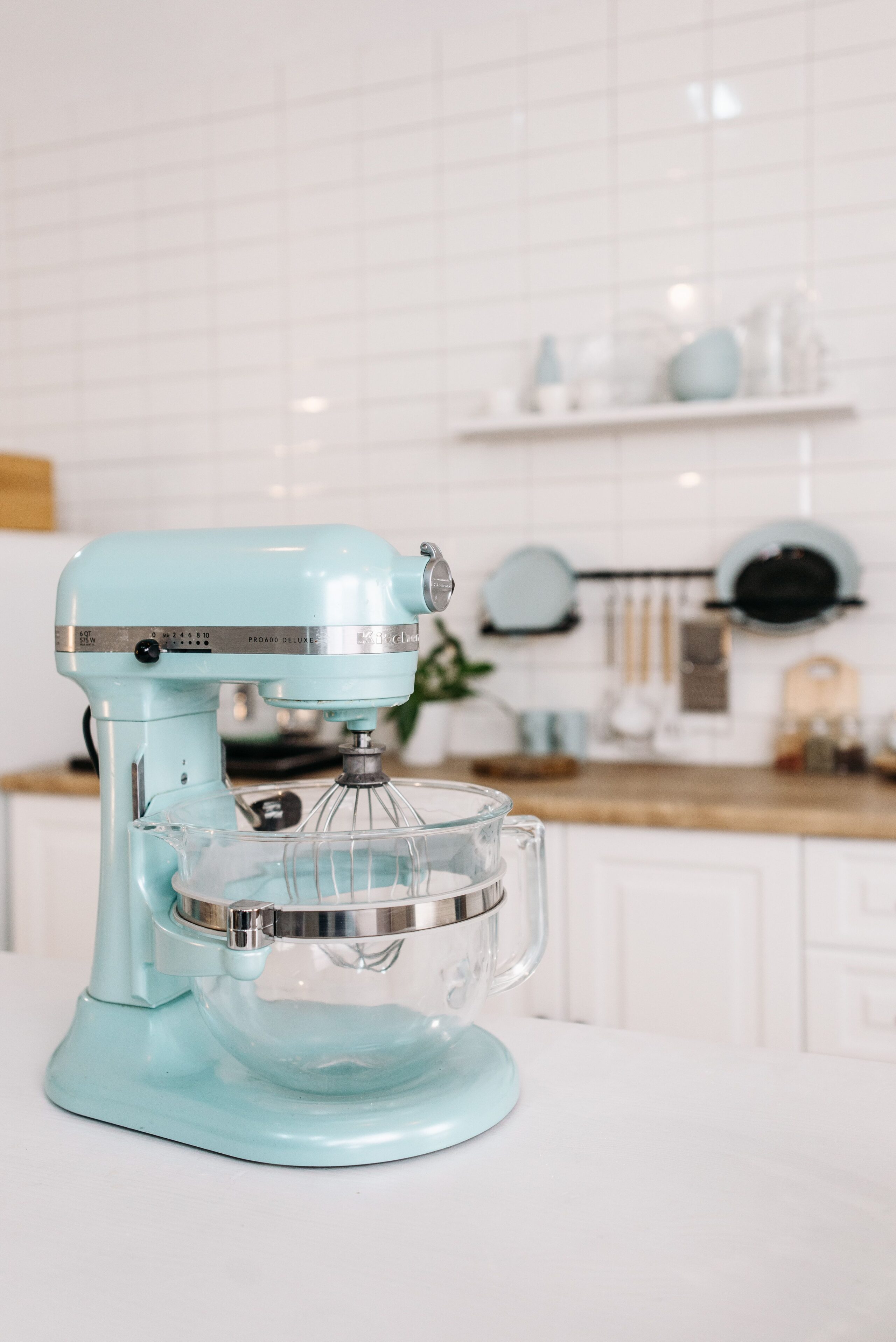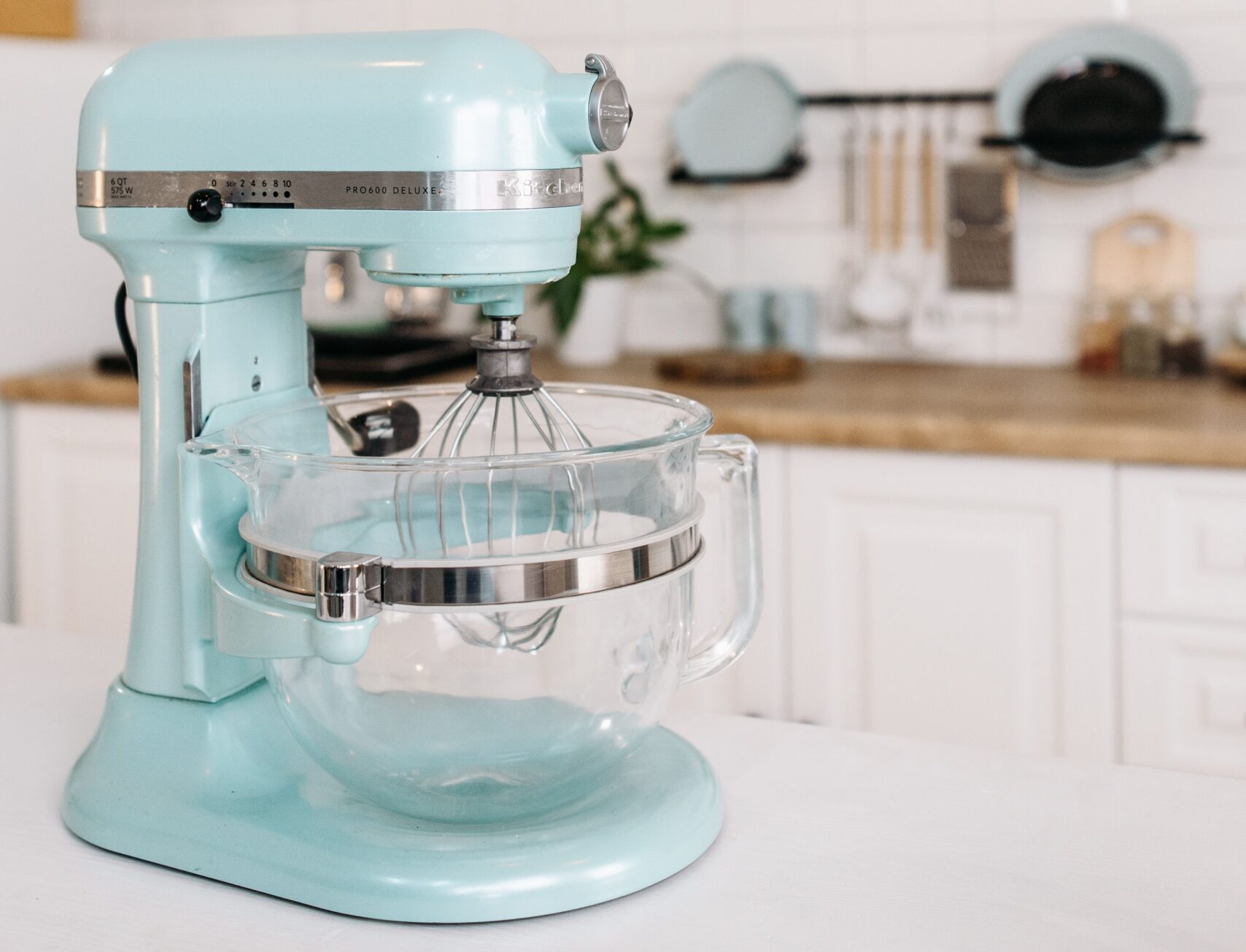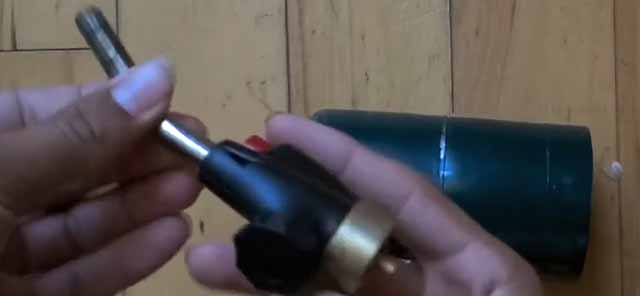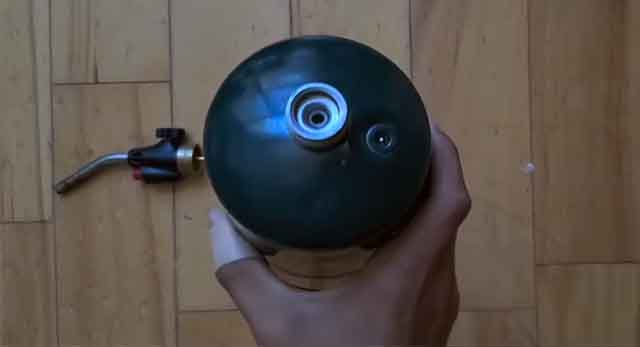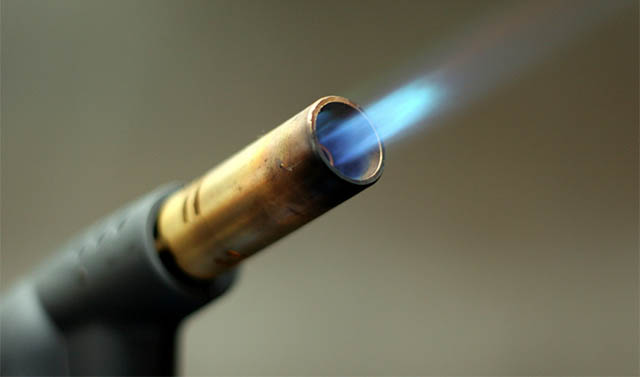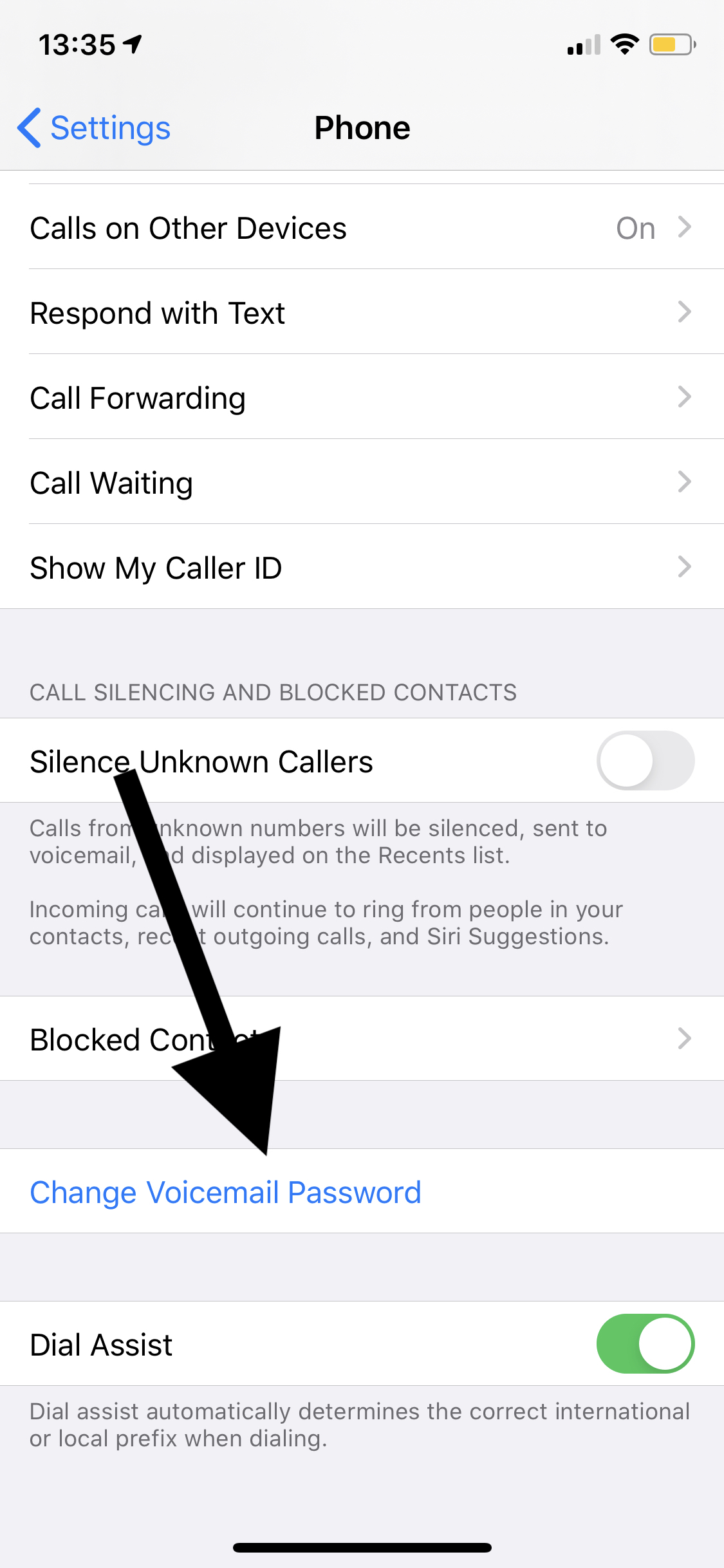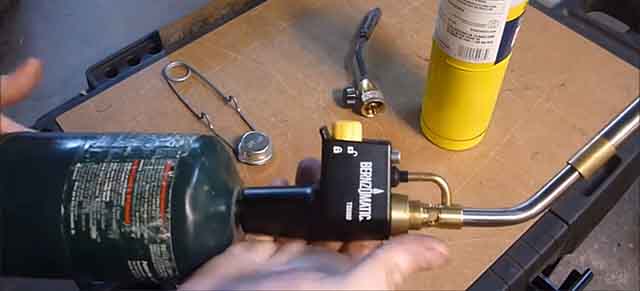If you're an avid home cook or a professional chef, having a reliable kitchen torch is a must. It allows you to add that perfect finishing touch to your dishes, from a perfectly caramelized crème brûlée to a beautifully seared piece of meat. However, like any other kitchen tool, kitchen torches can encounter issues. One of the most common problems is when it won't light. This can be frustrating, especially when you're in the middle of preparing a meal. But before you throw your torch away and buy a new one, here are some troubleshooting tips to help you fix the issue.How to Troubleshoot a Kitchen Torch That Won't Light
If your kitchen torch won't light, the first thing you should check is the fuel. Make sure that there is enough butane or propane in the torch. If the fuel level is low, refill the torch following the manufacturer's instructions. If the fuel level is not the issue, the next step is to check the igniter. Over time, the igniter can get clogged with debris or become worn out. Use a toothpick or a small brush to clean any debris that may be blocking the igniter. If that doesn't work, you may need to replace the igniter completely.How to Fix a Kitchen Torch That Won't Light
Aside from low fuel and a clogged igniter, there are other common reasons why your kitchen torch won't light. One possible issue is a faulty safety switch. Most kitchen torches have a safety switch that needs to be pressed before the torch can be ignited. If the switch is stuck or damaged, the torch won't light. Check the switch and make sure it's functioning properly. Another reason could be a blocked nozzle. If the nozzle is clogged, gas won't be able to flow through it, and the torch won't light. Use a toothpick or a needle to remove any debris from the nozzle. Lastly, the problem could be with the gas flow. If the gas flow is too low, the torch won't produce a flame. Check the gas flow valve and adjust it accordingly.Common Reasons Why Your Kitchen Torch Won't Light
If cleaning the igniter doesn't work, you may need to replace it. Most kitchen torches come with a replacement igniter or you can purchase one separately. To replace the igniter, follow these steps: 1. Turn off the gas and make sure the torch is cool. 2. Remove the old igniter by unscrewing it and pulling it out. 3. Insert the new igniter and screw it in place. 4. Test the torch to make sure it's working properly.How to Replace the Igniter on a Kitchen Torch
Aside from the common reasons mentioned, there are other factors that could be causing your kitchen torch not to light. One possible issue is a faulty valve. If the gas valve is damaged or worn out, it won't allow gas to flow properly, resulting in the torch not lighting. In this case, you may need to replace the valve or have it repaired by a professional. Another reason could be a leak in the gas line. If you smell gas when trying to use your torch, there may be a leak in the gas line. This is a serious safety hazard and should be addressed immediately. Turn off the gas and have a professional repair the leak before using the torch again. Lastly, if your kitchen torch is old and has been used frequently, it may just be time to replace it. Kitchen torches have a limited lifespan, and with regular use, they can wear out and become less efficient. If you've tried all the troubleshooting tips and your torch still won't light, it may be time for an upgrade.Why Your Kitchen Torch Won't Light and How to Fix It
Prevention is always better than cure. To avoid encountering lighting issues with your kitchen torch, it's important to clean and maintain it regularly. After each use, make sure to clean the torch's nozzle and valve with a soft cloth. This will prevent any debris from building up and clogging the torch. Also, make sure to store the torch in a dry and safe place to prevent any damage. Every few months, it's also recommended to deep clean your kitchen torch. Disassemble the torch and clean each part thoroughly with warm, soapy water. Make sure to dry each part completely before reassembling.How to Clean and Maintain Your Kitchen Torch for Optimal Performance
Here are some additional troubleshooting tips to help you fix your kitchen torch: - Make sure the gas valve is fully open. - Check the fuel level and refill if necessary. - Try using a different brand of butane or propane. - If using a butane torch, make sure it's not too cold. Butane torches may have difficulty igniting in cold temperatures.Troubleshooting Tips for a Kitchen Torch That Won't Light
If your kitchen torch is still not lighting, it could be due to a lack of fuel. To check the fuel level, turn off the torch and unscrew the fuel tank. If the fuel level is low, refill the tank following the manufacturer's instructions. If you're using a butane torch, make sure to use high-quality butane without impurities. If the torch is still not lighting after refilling the tank, there may be an issue with the gas flow. In this case, it's best to consult a professional for repairs.How to Check and Replace the Fuel in Your Kitchen Torch
If you're still having trouble getting your kitchen torch to light, here are some additional steps you can take: - Check the battery if your torch has an electronic ignition. - Make sure the torch is not overheating. Let it cool down before attempting to relight. - Try using a different flame setting. - If all else fails, contact the manufacturer for further assistance.Why Your Kitchen Torch Won't Light and How to Troubleshoot the Issue
To get the most out of your kitchen torch and prevent lighting issues, it's important to use and store it properly. Make sure to read the manufacturer's instructions before using the torch. Always hold the torch at an angle to avoid direct contact with the flame. After use, let the torch cool down completely before storing it in a dry and safe place. Avoid exposing the torch to extreme temperatures or direct sunlight, as this can damage the torch and affect its performance. In conclusion, a kitchen torch not lighting can be a common issue, but it doesn't necessarily mean it's time to replace it. By troubleshooting and properly maintaining your torch, you can get it working again in no time. However, if the issue persists, it may be time for a new torch. With proper care and usage, your kitchen torch can last for years to come, helping you create delicious and beautifully finished dishes in the kitchen.How to Properly Use and Store Your Kitchen Torch to Prevent Lighting Issues
Professional Tips for Troubleshooting a Kitchen Torch That Won't Light

Ensure Proper Fuel and Airflow
 One of the most common reasons why a kitchen torch may not be lighting is due to improper fuel and airflow. If your torch uses butane fuel, make sure it is filled properly and not running low. Additionally, check the air vents on the torch to make sure they are not clogged or blocked. Without proper oxygen flow, the flame will not be able to ignite.
One of the most common reasons why a kitchen torch may not be lighting is due to improper fuel and airflow. If your torch uses butane fuel, make sure it is filled properly and not running low. Additionally, check the air vents on the torch to make sure they are not clogged or blocked. Without proper oxygen flow, the flame will not be able to ignite.
Check for Debris
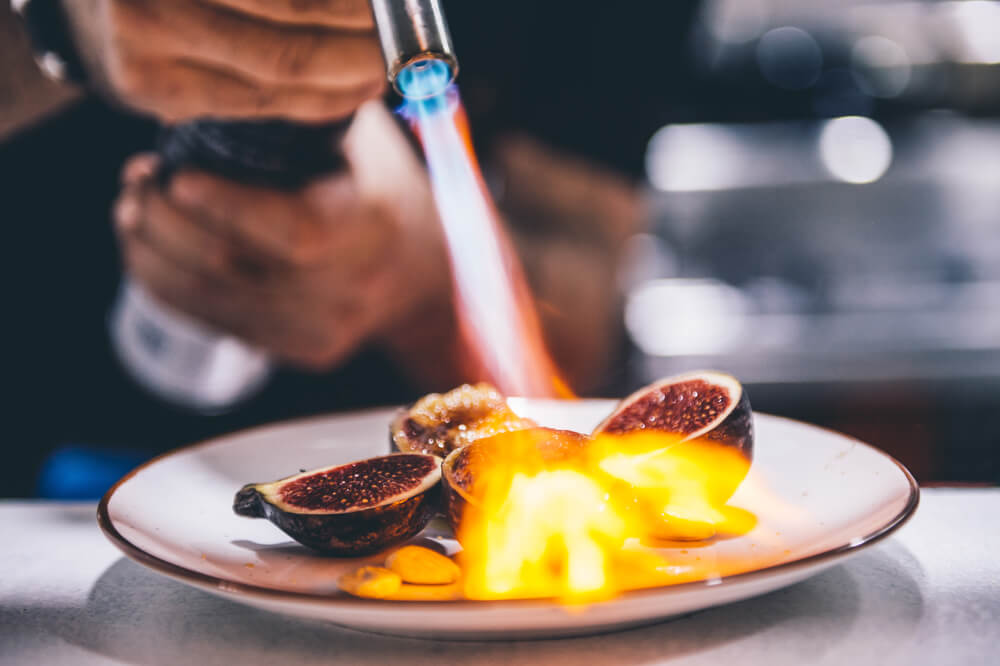 Another potential culprit for a kitchen torch that won't light is debris or buildup inside the torch. Over time, small food particles or oil can get stuck in the fuel nozzle or the ignition switch, preventing the torch from lighting. Use a small brush or compressed air to clean out any debris and try lighting the torch again.
Another potential culprit for a kitchen torch that won't light is debris or buildup inside the torch. Over time, small food particles or oil can get stuck in the fuel nozzle or the ignition switch, preventing the torch from lighting. Use a small brush or compressed air to clean out any debris and try lighting the torch again.
Inspect the Ignition Switch
 The ignition switch is a key component in getting a kitchen torch to light. If the switch is faulty or damaged, it will not be able to create the spark needed to ignite the fuel. Check the switch for any signs of wear or damage and replace it if necessary.
The ignition switch is a key component in getting a kitchen torch to light. If the switch is faulty or damaged, it will not be able to create the spark needed to ignite the fuel. Check the switch for any signs of wear or damage and replace it if necessary.
Consider the Altitude
 Believe it or not, the altitude at which you are using your kitchen torch can affect its ability to light. At higher altitudes, the air is thinner and may not provide enough oxygen for the fuel to ignite. In this case, you may need to adjust the fuel-to-air ratio or consider using a different type of fuel specifically designed for high altitudes.
Believe it or not, the altitude at which you are using your kitchen torch can affect its ability to light. At higher altitudes, the air is thinner and may not provide enough oxygen for the fuel to ignite. In this case, you may need to adjust the fuel-to-air ratio or consider using a different type of fuel specifically designed for high altitudes.
Consult the Manufacturer
:max_bytes(150000):strip_icc()/20210727-torch-review-WINNERS-seriouseats-tim-chin-2-734a91d9e8e7459d88bea57a0bfe3276.jpg) If you have tried all of the above troubleshooting tips and your kitchen torch still won't light, it may be time to consult the manufacturer. They will have the most knowledge about their product and can provide specific instructions for troubleshooting and potentially repairing the torch.
Kitchen torches are a great tool for adding that perfect finishing touch to your culinary creations. But when they won't light, it can be frustrating and put a damper on your cooking experience. By following these professional tips for troubleshooting, you can quickly get your torch back up and running and impress your dinner guests with perfectly caramelized crème brûlée or toasted meringue.
If you have tried all of the above troubleshooting tips and your kitchen torch still won't light, it may be time to consult the manufacturer. They will have the most knowledge about their product and can provide specific instructions for troubleshooting and potentially repairing the torch.
Kitchen torches are a great tool for adding that perfect finishing touch to your culinary creations. But when they won't light, it can be frustrating and put a damper on your cooking experience. By following these professional tips for troubleshooting, you can quickly get your torch back up and running and impress your dinner guests with perfectly caramelized crème brûlée or toasted meringue.
